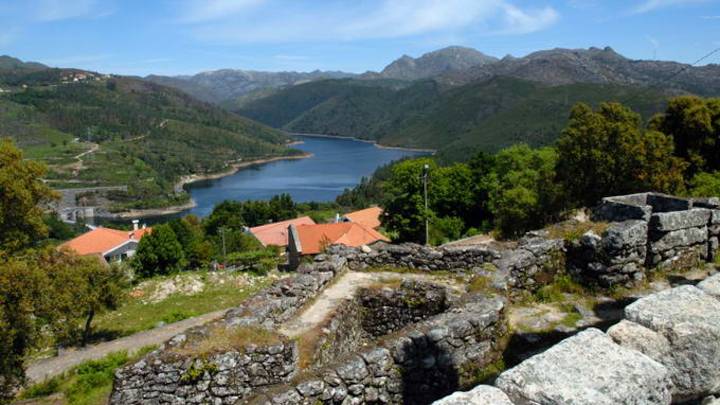Réservation
(Chamada para a
rede fixa nacional)

(Chamada para a
rede fixa nacional)

It was in Porto and the north that Portugal came into being as a country, which is why the region has such a rich and fascinating heritage.
This is a mountainous area with rivers, natural parks and steep, sloping hillsides covered with leafy vegetation. The granite from its mountains was used to build many of the region’s religious and historical monuments, such as the unpretentious Romanesque chapels and baroque churches.
History surrounds you when you visit the region’s castles, and at the countless manor houses and palaces emblazoned with coats of arms, visitors are received with an aristocratic display of hospitality.
The region have 4 important destinations: Minho, Trás-os-Montes, Douro and Porto.
With its stunning coastal, river and mountain landscapes, the Minho is the ideal place for a sporting or adventure holiday. If you love mountain climbing, your efforts will be rewarded in the Minho. Mountain ranges here afford some outstanding views across the region to Gerês, Cabreira and Peneda.
For those of you that prefer a relaxing stroll you can wander along the many pathways in this beautiful landscape. Discover the local dolmens, Roman remains, wild horses and birds of prey. The regions rivers consist of the Minho itself, the Lima, Cávado, Ave and Tâmega. They are all excellent for fishing or for a simple canoe journey.
Test your sense of direction orienteering in the beautiful and challenging Trás-os-Montes region.
However, this region also owes much of its character to the great waterway that cuts it in half, the scenic River Douro, whose vine-filled valley is today classified as a world heritage site. The river was given the name of ouro (gold) because it brings the water that the sun-drenched vines rely on to produce the world-famous Port wine. But also because this was the place from which ships used to set sail in the great period of Portuguese discovery. Or perhaps the name is due to the carved and gilded woodwork of the city’s countless baroque churches.
The fact remains that this ancient city gave its name to both Port wine and to the nation of Portugal. Much of its heritage is based on shipping and trade, making it a bustling and passionate city. Porto is also classified as world heritage site. Perhaps these are the reasons why Porto finds its way into the hearts of its visitors. Porto is one of Portugal’s oldest cities. To find out more about its history and culture you can walk its well-signposted guide route. Experience a nostalgic journey with an old-fashioned tram ride to Foz, where the River Douro meets the Atlantic Ocean. Or visit the great churches and monuments evoking some of the great personalities and events of Portuguese history.
Know the best places to stay on the Northern Portugal: